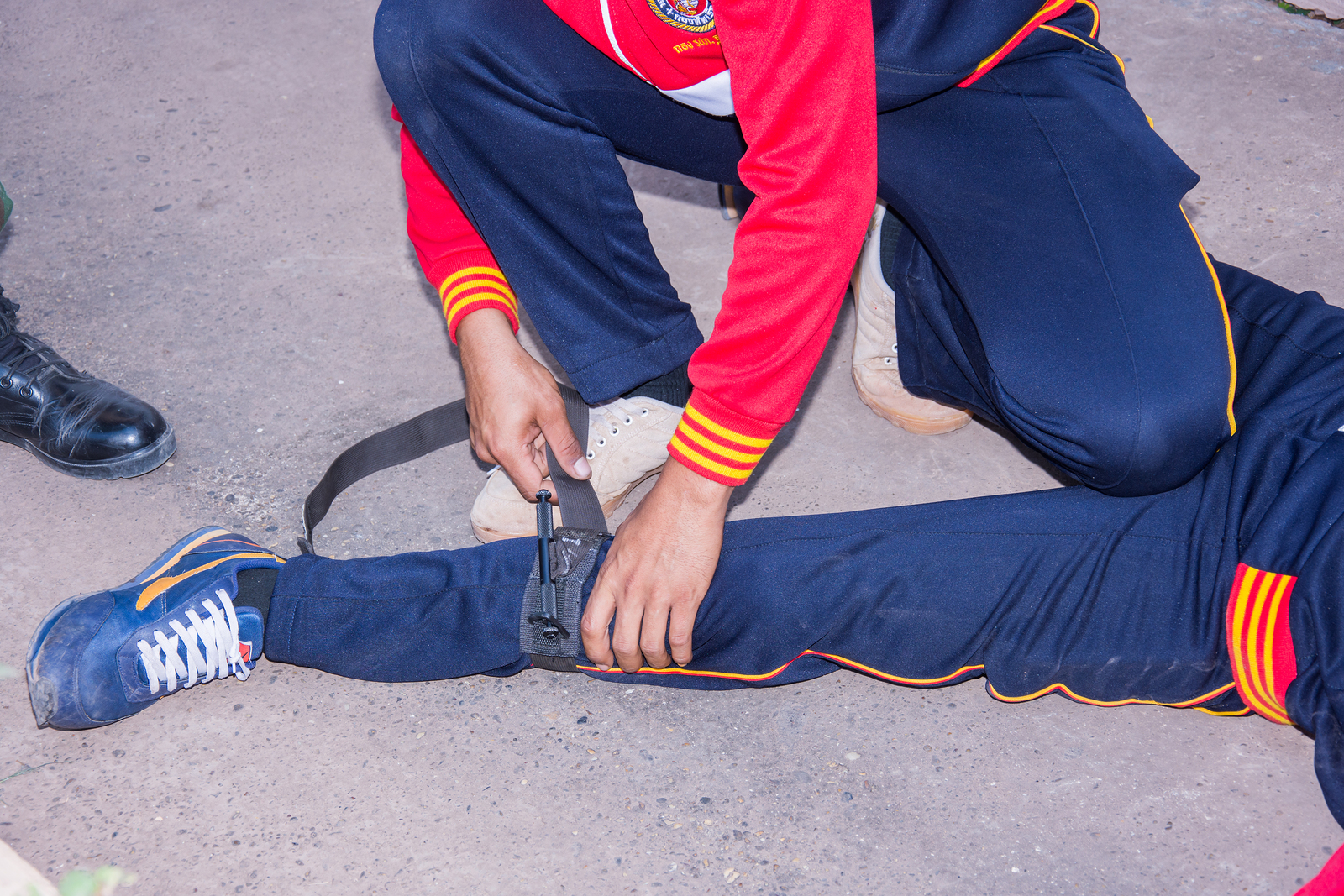In lieu of an efficacious vaccine against SARS-CoV-2, governments and individual households find themselves caught between the Scylla and Charybdis of COVID-related deaths and financial oblivion. The pressures of mouths to feed, bills to pay and public services to run makes the global lockdown ever more difficult to sustain with each passing week.
The hunt for a treatment is in full flow. Early interest in hydroxychloroquine has been calmed by studies suggesting no consistent benefit in humans and the potential for cardiovascular side effects. Other options such as the antiretroviral combination drug Kaletra also showed no benefit beyond treatment with standard care, and tampering with the immune response via IL-6 modulation could be counterproductive. Remdesivir, a broad-spectrum antiviral previously used against Ebola has recently received Emergency Use Authorization from the FDA following promising early trial results. However, while providing some mortality reduction, it is hardly the reassuring panacea that the public is searching for. World leaders have pledged billions in the search for a vaccine, which if it ever does come is likely to be over a year away. Add to that the time is would take to manufacture and distribute the vaccine to 6 billion individuals worldwide.
Although the current (at the time of writing) US COVID-19 death toll sits at over 80,000 thus exceeding the 61,000 people killed by influenza in the 2017-18 season, it seems that we are increasingly willing to accept a certain level of risk if it means easing the lockdown restrictions. As the rate of transmission plateaus and falls in many parts of the world, rigorous testing, tracking and contract tracing may allow for less draconian social distancing measures. Apple and Google have recently partnered up on COVID-tracking technology by adding new features to their mobile operating systems making it possible for certain approved apps to use Bluetooth to track physical proximity between phones. If someone later receives a positive COVID-19 diagnosis, they can report it through the app, and any users who have been in recent contact will receive a notification. Unsurprisingly, China has been at the forefront of implementing tracking and surveillance technology with scant regard for individual liberties. We have yet to see how much personal liberty individuals are willing to sacrifice in places such as the US, in exchange for certain health benefits.
No government wants a second wave of COVID-19, not least because a glance back to the 1918 Spanish Flu shows how the second wave was far deadlier than the first. Couple that with the emerging evidence that the current coronavirus is mutating into a more contagious strain and it’s easy to plot a theoretical positive correlation between the level of “return to normal” and mortality. And while there may be a theoretical linear correlation between increasing illness and mortality, it is clear that as the R0 increases, we rapidly move into an exponential increase in mortality, rapidly overwhelming our acute care facilities, and potentially requiring huge steps backwards to re-contain the spread.
The members of society with the most pressing need to return to work i.e. the low-paid, will most likely be those most at risk of contracting COVID and having a poorer outcome. These are members of ethnic minority groups with underlying health conditions such as diabetes, hypertension and cardiovascular disease and who may often work in customer-facing roles in public services and/or live in overcrowded public housing blocks with reduced access to quality healthcare or insufficient insurance coverage.
Some countries such as Sweden and Belarus didn’t embrace the lockdown consensus, instead, either through intention (or in the latter case perhaps ignorance) pursuing a policy of developing herd immunity. Time will tell which was the wiser strategy. For the rest of the world businesses and schools are starting to be allowed to re-open in a phased manner, often with regional variations based on the number of infections and deaths around different parts of a given country. The compulsory wearing of face masks has become a feature of the easing of lockdown restrictions in many places.
But what will the new normal look like? There will most likely be significant unemployment and the possible decimation of entire industries such as in aviation and tourism. But those lucky enough to return to work can expect to find smaller reorganised workspaces with staggered shift patterns and break times, fewer communal spaces and a greater embrace of remote working and video conferencing. The group Chief Executive of Barclays recently hinted that big offices may be a thing of the past. While the lay public may think that the healthcare industry is immune to these trends, it appears to not be the case. On the contrary, due to the restrictions on elective procedures, and a likely exhaustion of public funding, many forward-thinking healthcare systems have started to make mandatory salary decreases of 15-30% for healthcare providers.
For the most part our health systems are starting to see some light at the end of the tunnel. The arrival of new patients is slowing, and many underutilised makeshift field hospitals are being mothballed. We may just be coming to the end of the first quarter in this heated viral play-off. We still need to ensure we have enough in the tank to see out the rest of the game and the challenges that it will bring. The one thing that seems to be certain is that we’ve only just begun to appreciate the effects of this illness on the economy, society and healthcare itself.
Obi Nnajiuba is a British surgical resident with a specialist interest in trauma, acute care, prehospital care, triage, mass casualty events and trauma systems. His postgraduate qualifications include an MSc in Trauma Sciences and membership of the Royal College of Surgeons of England. He is also a registered Motorsport UK physician, providing trackside advanced trauma care to competitors at world famous motor-racing circuits such as Brands Hatch, Goodwood and Silverstone.




















